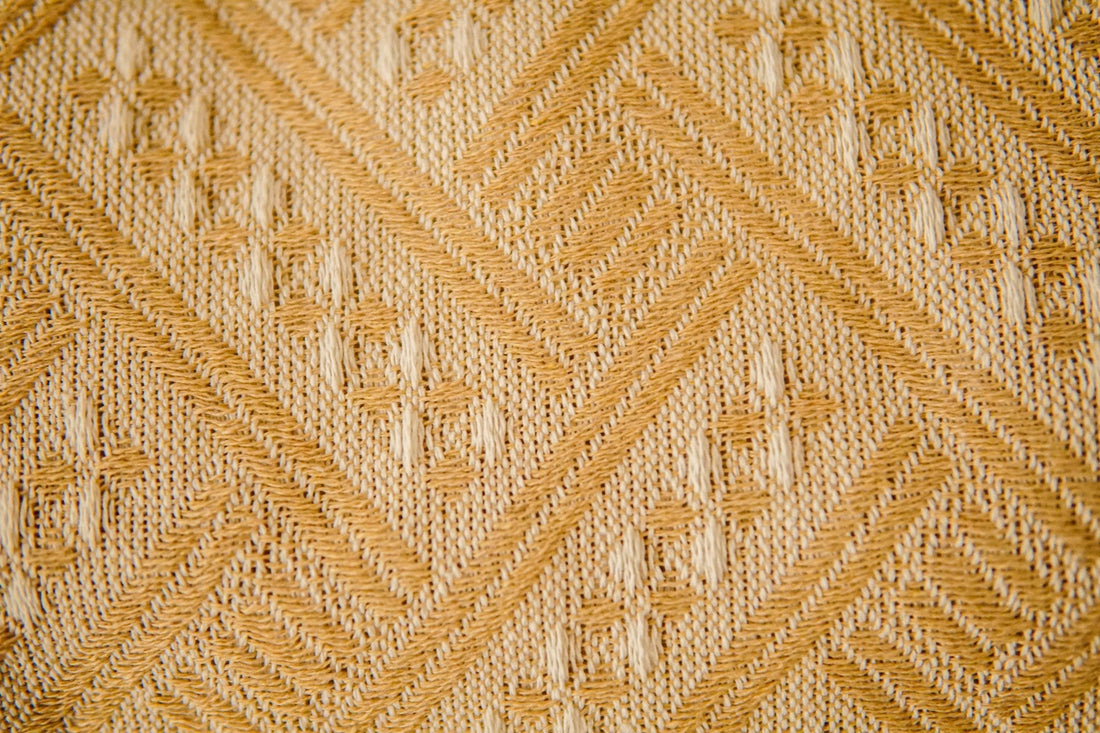Handmade area rugs are more than floor coverings. They’re often handpicked to match a space, tell a story, or add something warm and special to a home. Whether it’s a Turkish piece passed down through generations or a recent find chosen for its color and feel, these rugs play both a visual and emotional role in a room. That’s what makes discovering water damage so frustrating. It's not just about a wet patch or a strange smell — it's about knowing something meaningful could be ruined.
August in Plano comes with heavy humidity, afternoon downpours, and the kind of dampness that doesn’t go away overnight. That combination can turn a small spill or leak into a much larger problem when it comes to handmade rugs. Stains can set quickly, fibers can loosen, and if moisture stays in place too long, the structure of the rug itself could start to break down. Taking fast and smart action matters, especially when the rug is made from natural materials that respond poorly to water.
Identifying Water Damage In Handmade Area Rugs
The sooner you spot a problem, the easier it is to salvage a handmade rug. Surface-level damage might seem minor now but can lead to bigger issues like mold and fiber rot if left alone too long. Start by checking for these signs:
- Discoloration that looks darker or faded in patches
- A musty or unusual odor that doesn’t go away with air circulation
- Excessive shedding, especially when vacuumed or shaken out
- Loosened or curling edges that weren’t like that before
- Visible damp spots, even hours after the water source is gone
Sometimes the source is obvious, like a tipped-over pet bowl or boot prints during a rainstorm. But other times, water damage can sneak in through open windows during a sudden downpour or small plumbing leaks nearby. Rugs placed in frequently walked-through areas are also at risk, especially if shoes come in from the outside directly onto the rug.
A good example is a handmade area rug in a high-traffic Plano living room, just a few feet from the back door. If the door gets left open during a humid day or thunderstorm, moisture can build up fast. Or if someone walks in with rain-soaked shoes, water sinks deep into the threads before anyone notices. A place like that needs extra attention and quick checks after bad weather, spills, or plumbing-flavored surprises.
Immediate Steps To Handle Water Damage
Once you’ve spotted the damage, speed matters. Don’t wait for the sun to dry things out on its own. Rugs with hand-tied fibers or natural wool yarns absorb and hold onto water longer than you’d expect, and that trapped water is what leads to deeper problems.
Here’s what should happen right away:
1. Move the rug to a dry space
Even if just one corner is soaked, shift the whole rug onto a cleaner, drier surface. This stops more water from spreading and keeps the rug from sticking to floors or soaking through to the padding underneath.
2. Blot gently but quickly
Use soft, color-free towels to blot up as much water as possible. Pat the surface—don’t scrub—since that can fray edges or shift the design pattern. Avoid applying pressure with brushes or mops. Just absorb what you can.
3. Let airflow do some work
Set up fans in a room with good circulation. Open windows if the weather cooperates, but don’t expose the rug to direct sunlight for too long. That can cause fading, and if the rug dries unevenly, it might warp.
4. Keep it flat
Secure the edges so they stay rolled out. Avoid hanging the rug from anything while it's heavy with water, since that can pull on the weave and cause lasting distortion.
It’s easy to think these steps will take care of everything, but even a rug that feels dry might still have moisture deeper in the pile or backing. That’s where mold grows, and that damage can hide until it’s too late. Professional help is a safer bet if it’s a handmade rug with real value or history. Leave deep cleaning or any restoration to trained rug professionals who know how handmade pieces are built and can treat them properly without risking more damage.
Professional Solutions For Water-Damaged Rugs
Handmade rugs respond to moisture much differently than synthetic ones from big box stores. The fibers are tighter, more delicate, and often dyed with organic pigments that can shift or fade when water touches them. That’s why taking them to a professional isn’t something to hold off on. Even if the rug looks like it's drying out okay, leftover moisture deep in the base may still be causing problems.
When a professional handles the job, they tend to follow a process that’s way more exact than anything done at home. Here’s what that usually includes:
- A detailed inspection to check the backing, edges, and pile
- Moisture level testing using tools made for fabric restoration
- Drying methods designed for handmade threads and organic dyes
- Deep cleaning with pH-balanced solutions that rinse without damage
- Repairs to fringe, corners, or weakened stitching if needed
The goal isn’t just to make the rug look good again—it’s to stop future breakdown in areas that may already be softening or separating. That kind of invisible damage won’t show right away, but it can turn into cracking and balding down the line. Professional care slows that aging process, especially for older rugs that already have some wear.
In places like Plano, where air conditioning pulls moisture from the air and rainy days can bring unexpected humidity, the risk of long-term water exposure is real. So even if a rug dries on the surface, a quick look from a pro could make the difference between saving it and slowly losing it. That small step can help bring back color, feel, and shape in a way at-home drying can’t match.
Preventive Measures To Protect Your Rugs
Water damage isn’t always the result of a big spill or flood. It sneaks in from rainy-day foot traffic, unsealed windows, AC condensation leaks, and even leaving a potted plant a little too close to the edge. Taking a few small steps now can make a big difference later—and keep those handmade rugs looking clean and bright for years.
Here are smart ways to guard your rug before trouble starts:
1. Lay down a rug pad
This acts like a barrier between the rug and the floor. It keeps air moving underneath and helps prevent water from soaking in when the surface gets damp.
2. Watch out for hidden trouble
Check under furniture from time to time. Leaks and spills can collect under covered spots where nobody walks, which means no one notices until there’s visible damage.
3. Clean regularly—but gently
Use a vacuum without a beater bar and run it lightly across the surface. Shake the rug out in open air when weather allows, and avoid harsh cleaners that can weaken or stain the fibers.
4. Pick a proper storage space
If you need to store your handmade rug, never wrap it in plastic and tuck it in the garage. Always store it rolled up—never folded—in a cool, dry place. Use breathable covers like cotton sheets to let heat and humidity escape.
5. Think about the weather
During stormy seasons or when the air stays thick with humidity, take the time to check your rugs more often. A corner curled up or a smell that wasn’t there yesterday might be the first hint something’s off.
Adding these habits to your regular home care keeps you one step ahead of the damage. They also help you catch small problems before they turn into big repairs.
Keeping Your Handmade Rugs Beautiful and Intact
It doesn’t take much moisture to start trouble in a handmade rug. And when those rugs have deep meaning or hold value—either personal or financial—it’s worth getting ahead of the damage fast. Quick steps can slow down the effects immediately, but real recovery often depends on someone with the right tools and training.
Taking a little extra time to care for a handmade rug now pays off later. You’ll get more years out of it, more compliments from guests, and a better-looking space without needing to replace something that should’ve lasted a generation. That kind of reliability starts with good habits after the damage is dealt with.
And if you’re dealing with repeated signs of water damage in places like dining areas or entryways, it may be time to adjust your rug placement or set a reminder to inspect rugs more often. Whether it’s a hallway runner or a large piece anchoring a seating area, every handmade area rug in Plano deserves attention and care. Staying ahead can protect what matters most and give your space lasting comfort and character.
To keep your floors looking stylish and clean, explore our collection of handmade area rugs in Plano. These designs bring warmth and personality to any room, and with the right care, they’ll stay beautiful for years. At RugTown, we know how important it is to protect and preserve the rugs you love most.

